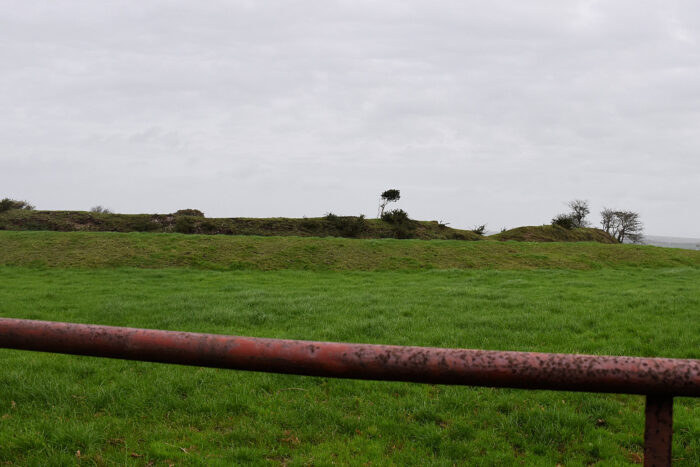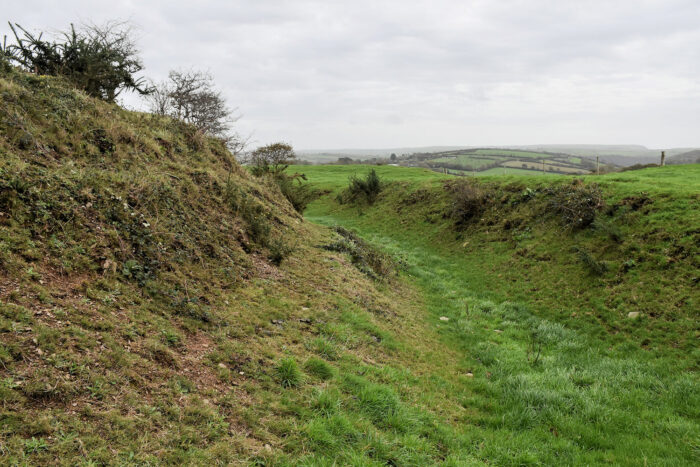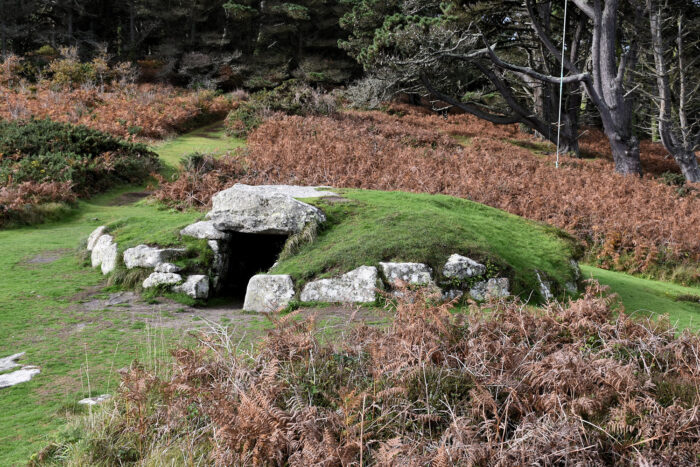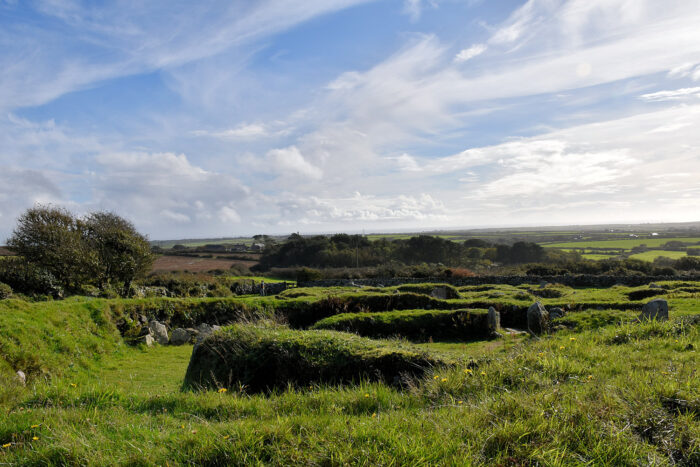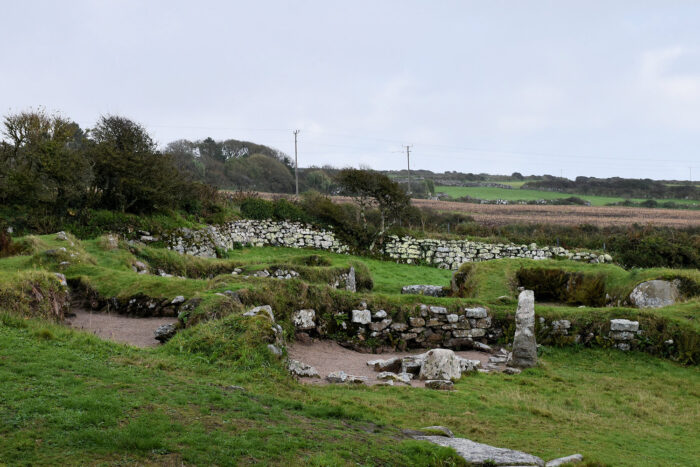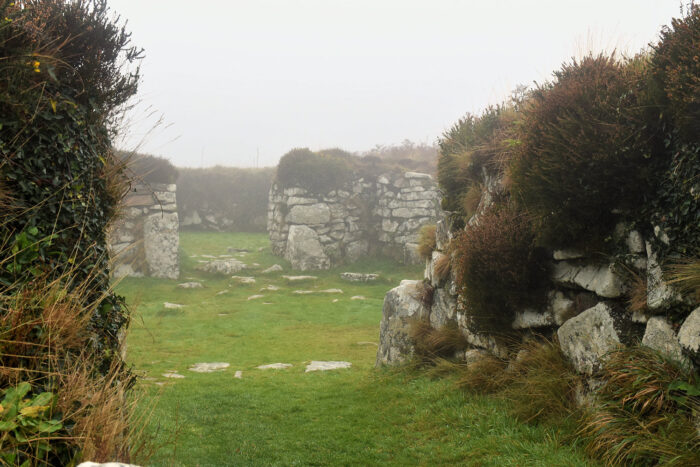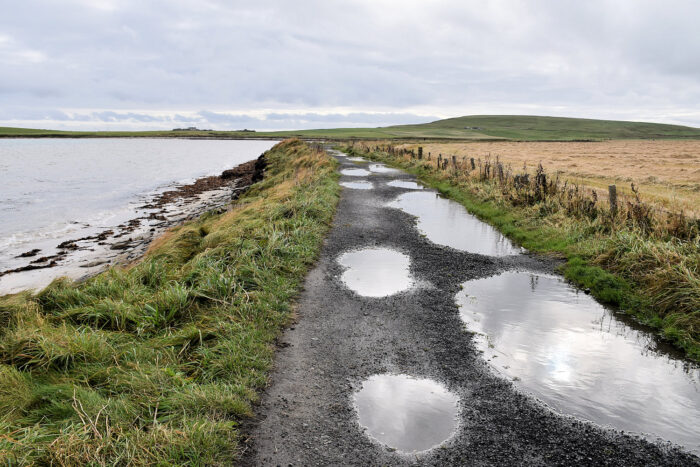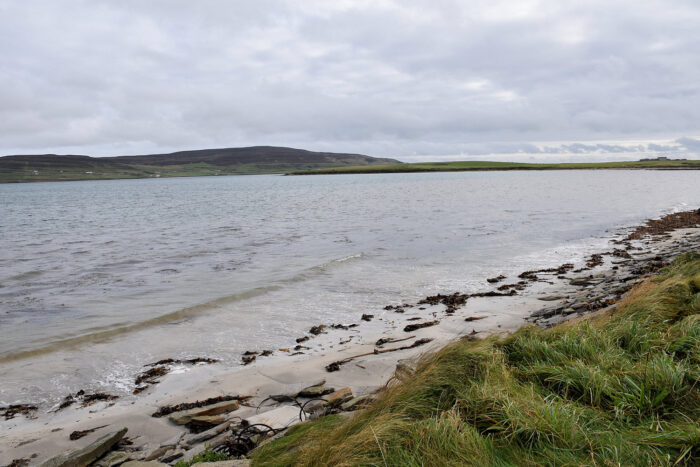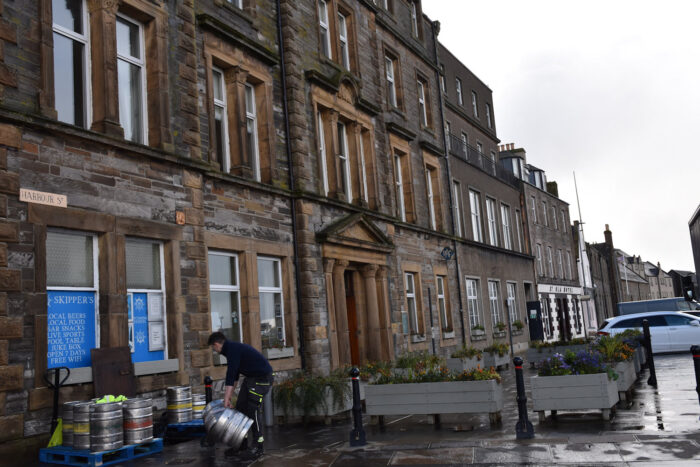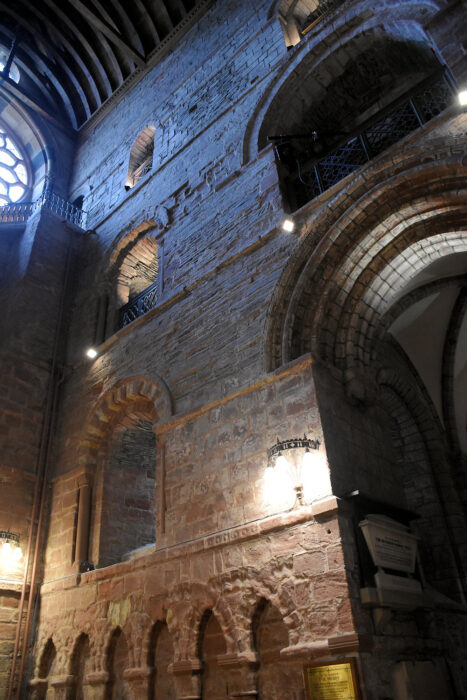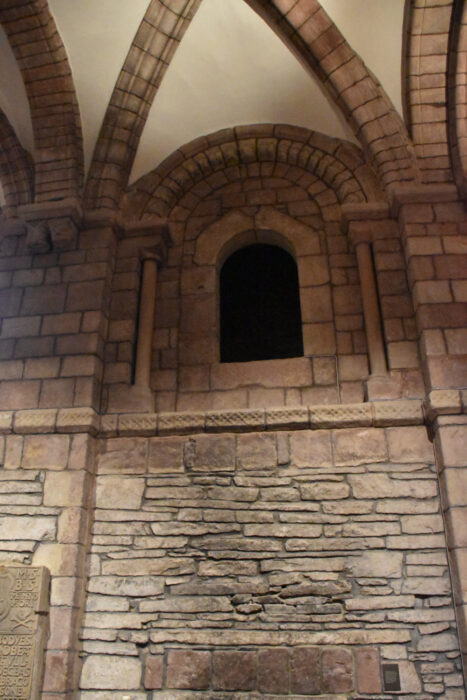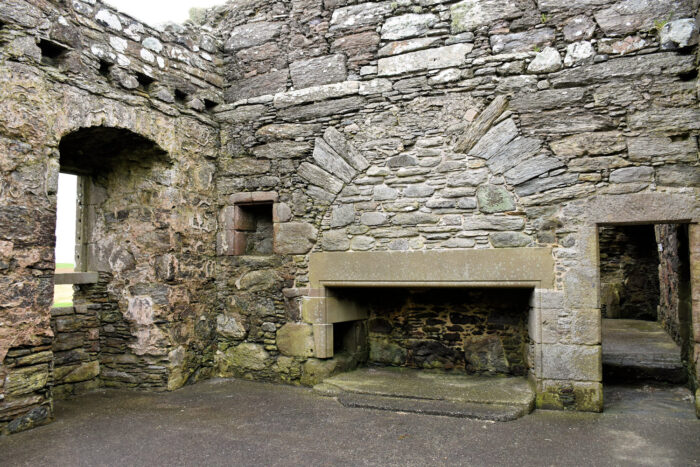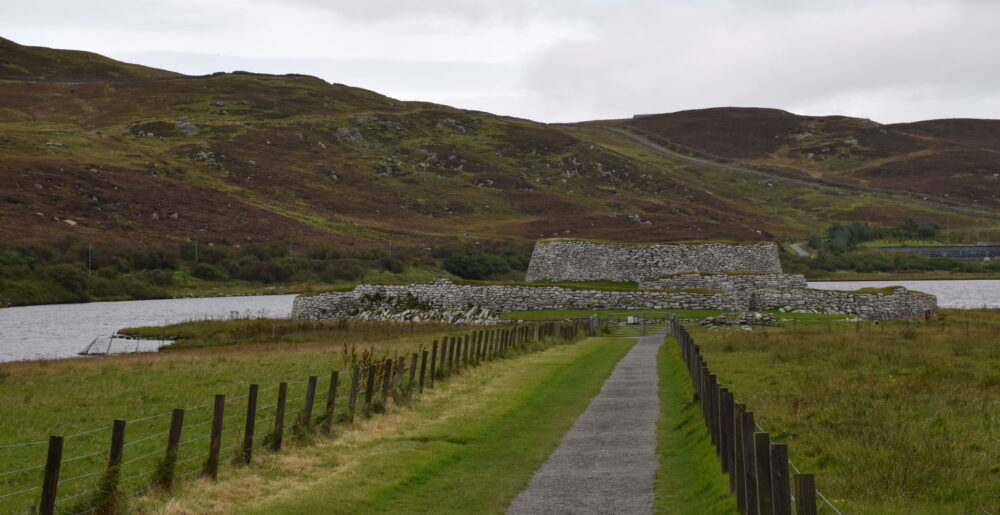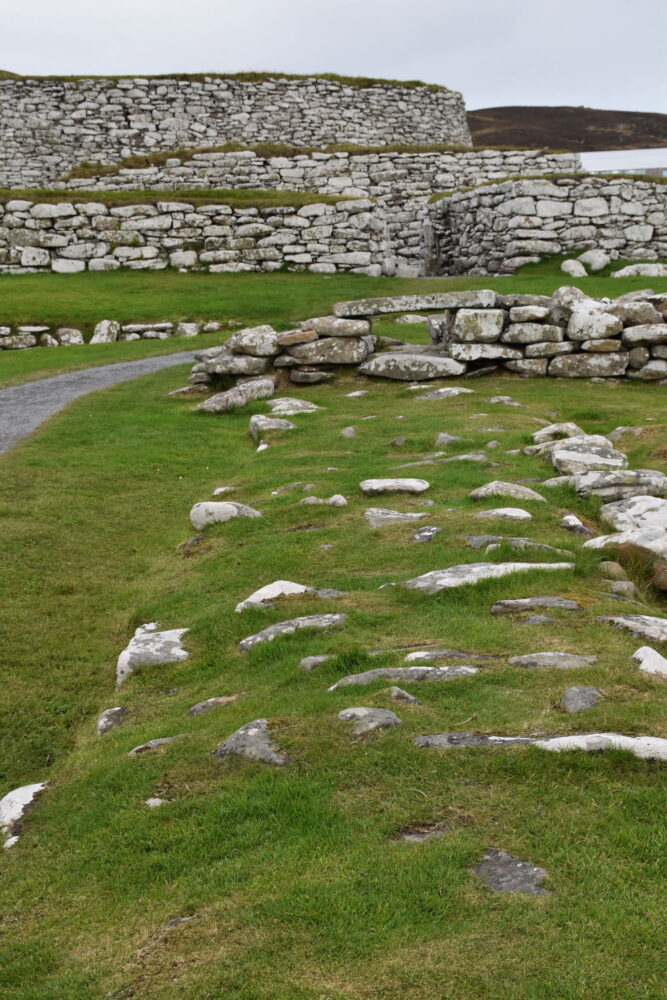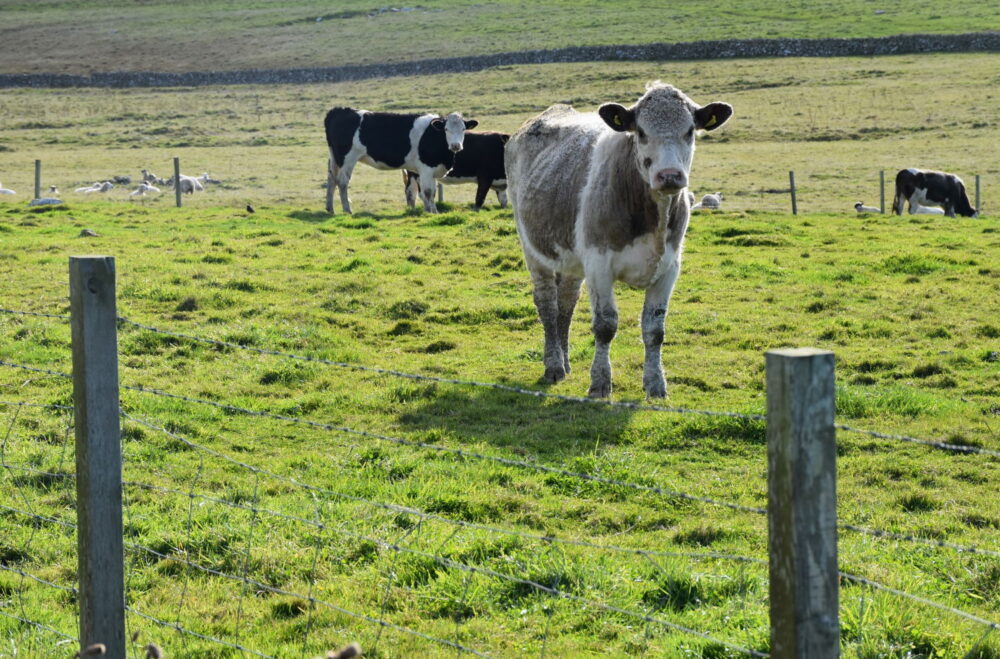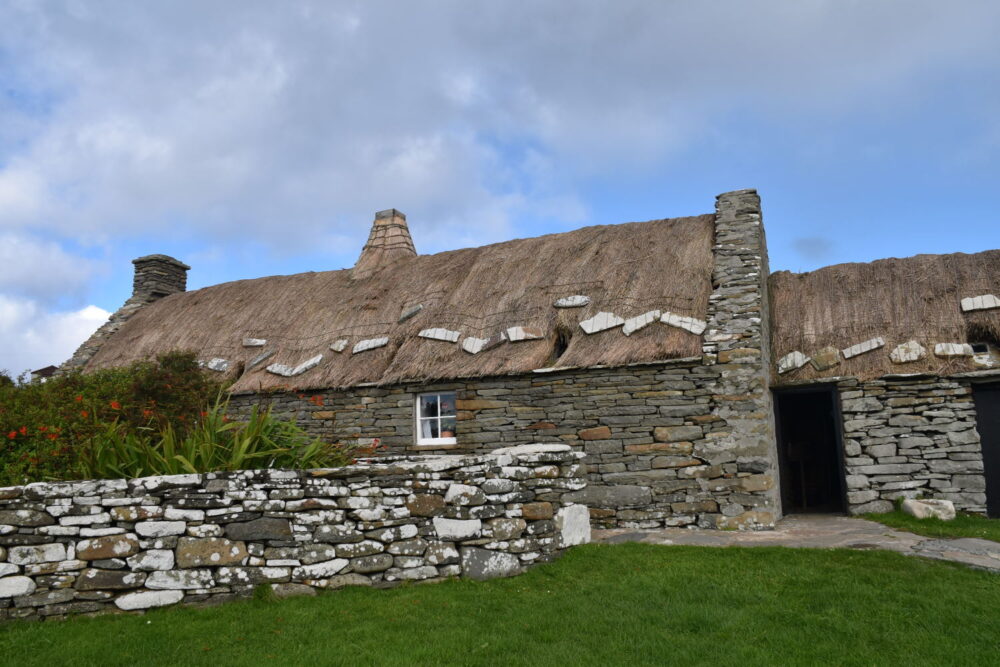It doesn’t take much imagination to realise there is something on the other side of this gate.
This is Castle Dore, an Iron Age hill fort/defended settlement (the last one 🙁 ) It is interesting for three reasons. First, it is easy to get to. You get off the bus, walk 3 minutes down the road and there’s this well-maintained gate. No trudging along muddy ditches claiming to be paths or clambering up bracken-covered hills.
Second, Dore is associated with the story of Tristan & Iseult* as the main residence of King Mark. There is the slight problem of there being no evidence of the site being inhabited beyond the Iron Age, except for a battle during the civil war in the 17th centure.
(*If you’re not familiar with the story: Iseult, an Irish princess comes to Cornwall to marry the king, Mark, but she falls in love with her nephew Tristan. Adventures ensue. Tristan dies tragically. Remember this, it will come up again.)
